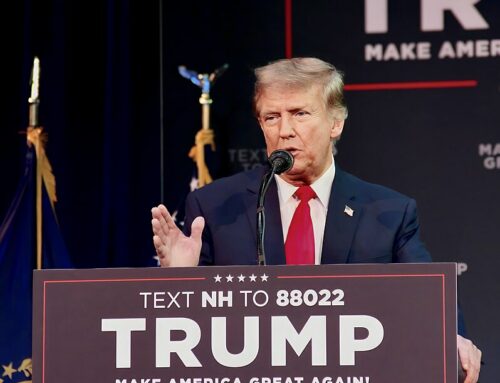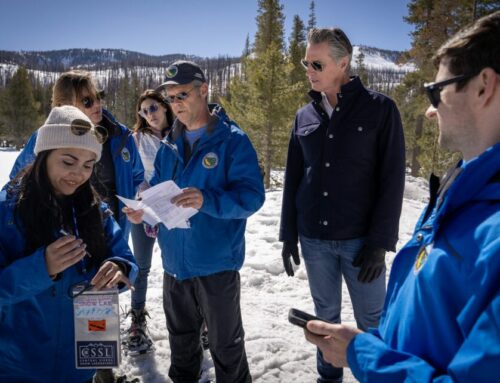by Greg Walcher, E&E Legal Senior Policy Fellow
As appearing in the Daily Sentinel
Former Colorado Sen. Gary Hart attracted attention in the 1980s with a proposal to cut America’s defense budget in half. That was not unusual in the post-Vietnam era, but what made Hart stand out (enough to become front-runner for president in 1988) was his insistence that such a plan would strengthen, not weaken, America’s defense. He advocated greater numbers of smaller ships, planes, tanks, and other equipment, famously saying, “Bigger is not better — only better is better.”
I was reminded of the slogan by a Richard Epstein op-ed in the Wall Street Journal, analyzing the Trump administration’s plan to reform the nation’s main environmental procedure law. He mentions a number of proposals that would “speed replacement of old, dirty projects with cleaner new ones,” and points out how the environmental permitting process can actually block environmental improvements. In that context, perhaps “better” is not even allowed.
The 50-year-old National Environmental Policy Act (NEPA) outlines the process for federal agencies to analyze the environmental impacts of various actions, especially issuing permits for infrastructure projects. That includes highways, bridges, power plants, pipelines, power lines, reservoirs, large buildings, airports, energy production, and nearly all activities on public land — anything that might have an impact on the environment, and that requires a government agency to issue a permit, make a decision, or take any other kind of action.






